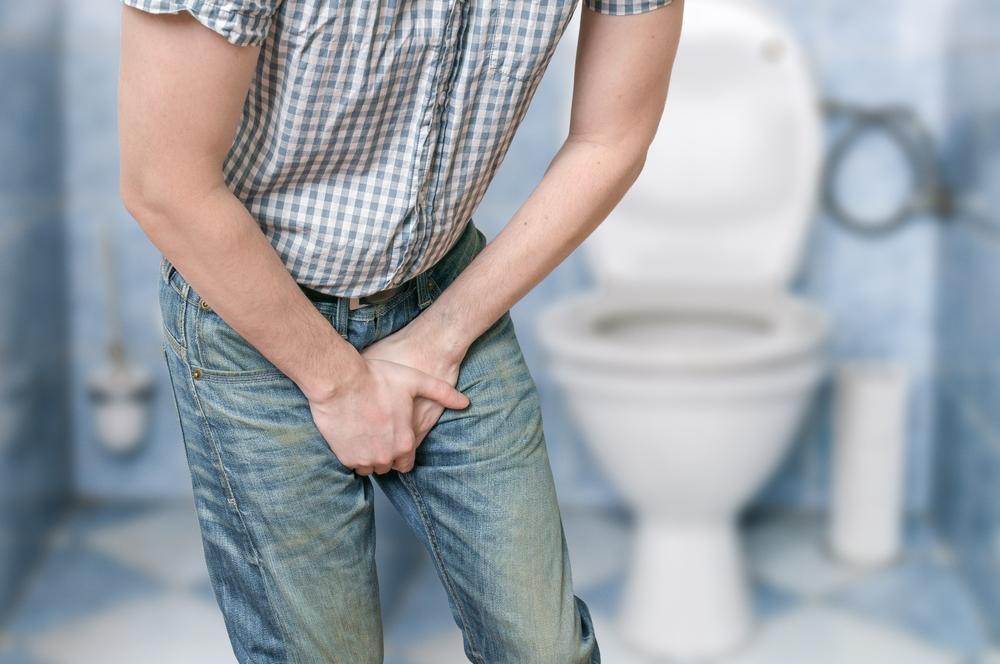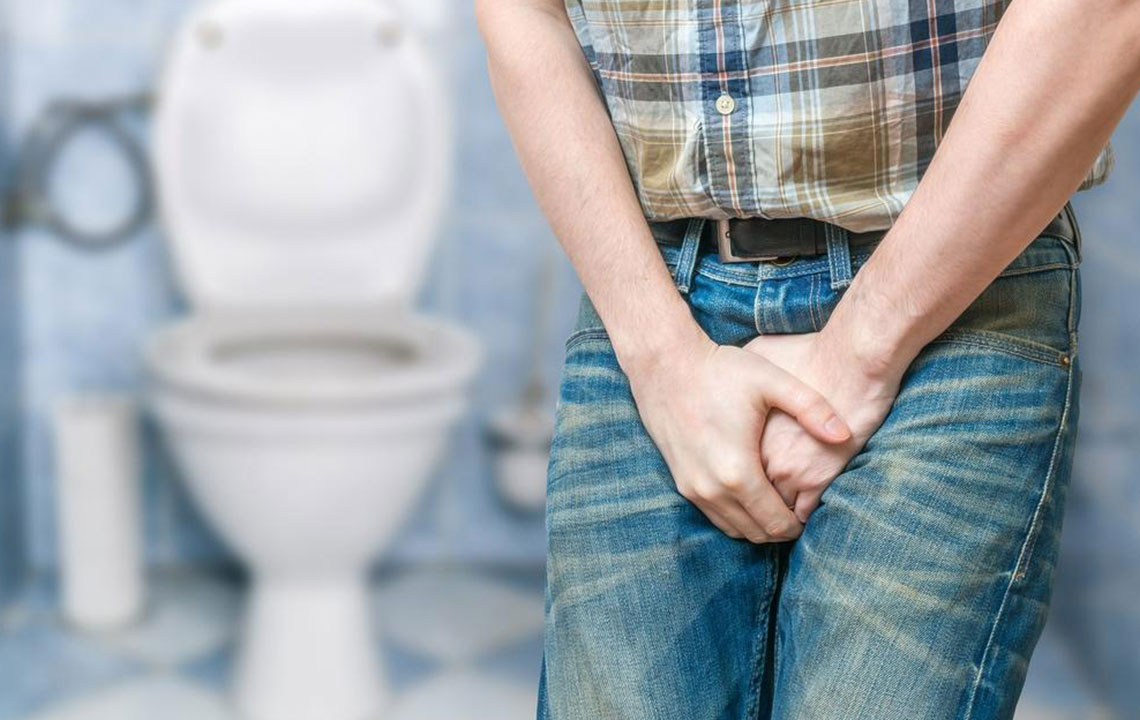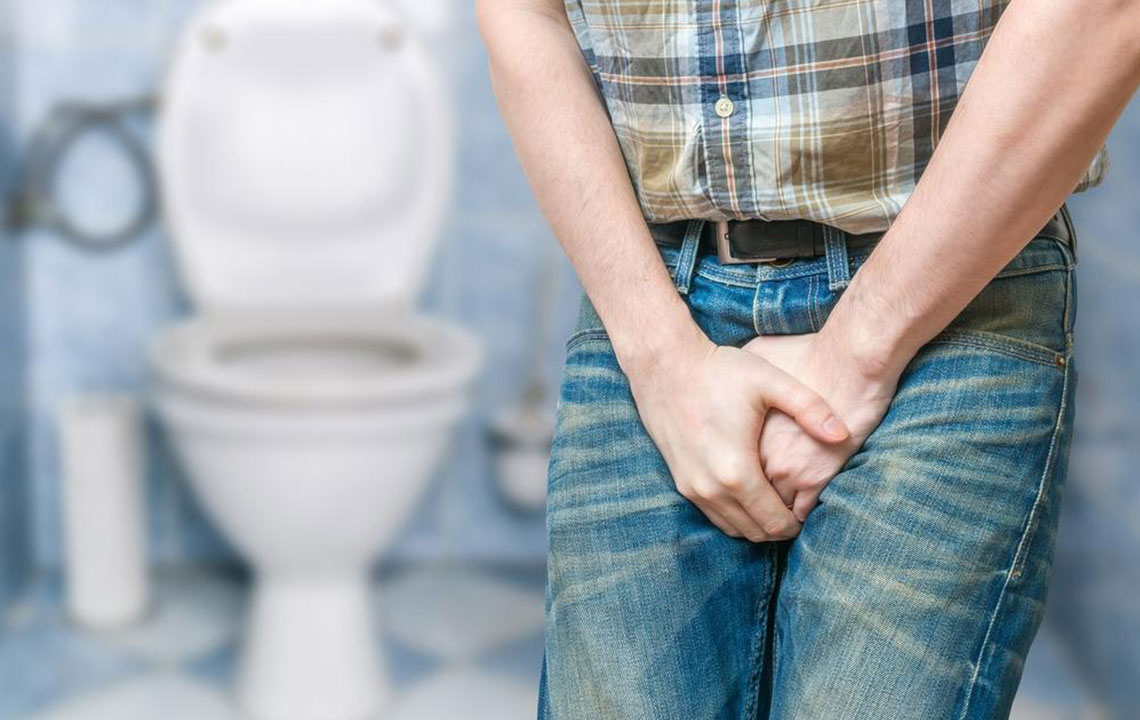Understanding Frequent Urination: Causes, Symptoms, and Solutions
Frequent urination, or polyuria, affects many and can signal underlying health issues like diabetes or infections. Recognizing symptoms such as pain, blood in urine, or control loss is crucial. Diagnosis involves medical history, physical exams, and tests. Treatments vary according to cause, including managing diabetes, infections, or overactive bladder. Early intervention ensures relief and prevents complications. Consulting a healthcare professional is essential for proper diagnosis and effective treatment to restore normal urination patterns and quality of life.

Understanding Frequent Urination: Causes, Symptoms, and Solutions
Understanding Frequent Urination
Frequent urination, also known as polyuria, is a condition where individuals urinate more often than usual. Many consider it normal, but excessive urination can interfere with daily routines and sleep. Typically, normal urine output ranges from 800 to 2000 milliliters over 24 hours. Producing more indicates a potential health concern. Early diagnosis is essential, as identifying the root cause enables effective treatment to restore comfort and health.
Unlike urinary leakage, increased urination frequency varies among individuals, with the average being 6-7 times daily. If excessive urination disrupts life, a medical assessment is necessary. Key causes include lifestyle habits, medical conditions like diabetes, infections, nervous system issues, or bladder overactivity. Accurate diagnosis is vital for effective treatment and symptom relief, preventing further health complications.
What causes frequent urination?
The human body's complex urination process can be influenced by several factors, such as:
Lifestyle choices, including high caffeine or alcohol consumption
Kidney or ureter issues
Underlying health conditions like diabetes
Stress and anxiety
Medications like diuretics
Urinary tract infections
Bladder wall inflammation
Nervous system disorders
Tumors or masses in the pelvic area
Overactive bladder syndrome (OAB)
Sexually transmitted infections transmitted during intimacy
Symptoms indicating the need for medical attention include:
Discomfort or pain during urination
Urine that appears cloudy or unusually colored
Blood in urine
Loss of bladder control
Difficulty urinating despite urgency
Discharge from the penis
Nausea and vomiting
What to expect during a doctor’s consultation
A physical exam conducted by a urologist or healthcare provider
Questions regarding urination frequency, onset, and timing patterns
Discussion on current medications, fluid intake, caffeine, and alcohol consumption
Diagnostic tests such as urine analysis, kidney ultrasound, abdominal scans, neurological assessments, or STI tests
Potential treatment options
Treatment depends on diagnosing the underlying cause
Blood sugar management for diabetic-related frequent urination
Antibiotics or pain relief for infections
Medications and therapies for overactive bladder syndrome (OAB)










